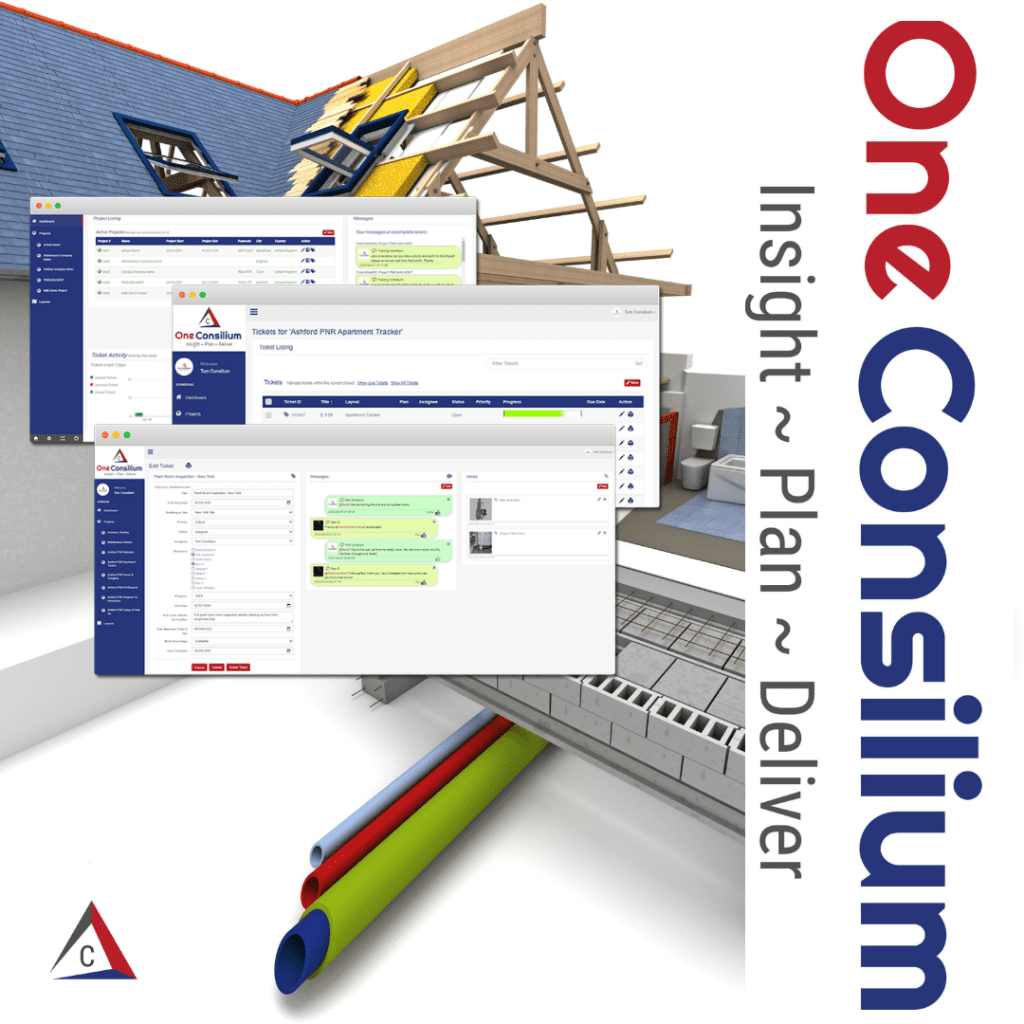Applying for Variations in Construction
How to Submit Variations in Construction:
In the construction industry, variations—also known as change orders—are inevitable. They arise from changes in design, unforeseen site conditions, or shifts in project requirements. Properly managing and submitting these variations is essential for maintaining project schedules, budgets, and client relationships. Here’s a step-by-step guide on how to effectively submit variations in construction.
1. Understand the Contract
Before submitting any variation, it’s crucial to thoroughly understand the terms of your construction contract. Most contracts outline specific procedures for submitting variations, including timelines, documentation requirements, and the necessary approvals. Familiarising yourself with these details will streamline the process and ensure compliance.
2. Identify the Need for a Variation
Variations can arise for numerous reasons, including:
– Design Changes: Modifications requested by the client or architect.
– Site Conditions: Unforeseen circumstances that impact the original plan.
– Regulatory Requirements: Changes mandated by local authorities or safety regulations.
Document the reason for the variation clearly and ensure that it aligns with the contract provisions.
3. Prepare Supporting Documentation
A well-documented variation submission can significantly enhance your chances of approval. Gather the following:
– Detailed Description: Clearly articulate the nature of the variation and its necessity.
– Cost Estimates: Provide a detailed breakdown of any additional costs involved. This can include labor, materials, and overheads.
– Impact Analysis: Assess how the variation will affect the project timeline and deliverables. Include a revised schedule if necessary.
– Visual Aids: Diagrams, sketches, or photographs can help clarify the variation’s context and importance.
4. Use a Standardised Variation Form
Many construction companies use standardised forms for variation submissions. Utilising such a form ensures that you provide all necessary information in a structured manner. It also makes it easier for the client or project manager to review and process your request. One Consilium offers all construction site document templates.
5. Submit the Variation Promptly
Time is of the essence in the construction industry. Once you’ve identified a variation, submit your request as soon as possible. Delays in submission can lead to complications, including extended timelines and increased costs. Adhering to the contractual timeline for variations will help maintain transparency and trust with your client.
6. Follow Up
After submitting your variation, follow up to ensure it has been received and is being processed. Open lines of communication with your client and project manager can help address any concerns or questions they may have. Regular updates can facilitate faster approvals and keep the project on track.
7. Maintain Records
Keep detailed records of all submitted variations, including correspondence and approvals. This documentation is crucial for managing project finances and can be invaluable in the event of disputes or claims. Having a clear trail of approved variations can also simplify future projects by establishing a precedent.
8. Be Prepared for Negotiation
Not all variation requests will be approved as submitted. Be prepared to negotiate with your client regarding costs, timelines, and scope. Flexibility and a willingness to collaborate can lead to mutually beneficial outcomes.
Conclusion
Submitting variations in construction is a critical skill that requires attention to detail, clear communication, and an understanding of contractual obligations. By following these steps, you can streamline the variation process, minimise disruptions, and ensure the successful completion of your projects. Remember, effective management of variations not only safeguards your project’s integrity but also strengthens your professional relationships in the industry.


One Consilium
ENDLESS POTENTIAL
One Consilium is your full package project administration centre where we build all the templates you require for your project with all the workspace headings you need so you just need to click the document and fill in the gaps:
- RFI
- TECH SUBS
- HOLD UPS
- DELAYS
- EXTRAS
- DAMAGES
- TESTING CERTIFICATE
- QUALITY CONTROL
- H&S AUDITS
- SITE AUDITS
- VARIATIONS
- COLLABORATION WITH TEAM
- ADD MEDIA
- UPLOAD DRAWING AND DRIP PINS TO POSITIONS
Software plays a crucial role in project management for several reasons:
1. Organisation and Planning: Project management software provides tools for organising tasks, timelines, and resources. This helps teams plan effectively, set milestones, and allocate responsibilities, ensuring that everyone is on the same page.
2. Collaboration: With features like shared workspaces, real-time updates, and communication tools, project management software facilitates collaboration among team members. This is especially vital for remote teams, allowing seamless communication regardless of location.
3. Tracking Progress: Software enables project managers to monitor progress through dashboards and reports. This visibility helps identify bottlenecks, track deadlines, and assess the overall health of the project, allowing for timely adjustments.
4. Resource Management: Effective resource allocation is essential for project success. Software tools provide insights into resource availability and utilisation, helping managers optimise their teams’ efforts and avoid over- or under-utilisation.
5. Risk Management: Many project management tools include features for identifying and managing risks. By enabling teams to anticipate potential issues, software helps mitigate risks before they escalate.
6. Documentation and Accountability: Centralised documentation ensures that all project information is accessible and organised. This promotes accountability, as team members can track their contributions and responsibilities.
In a fast-paced work environment, the efficiency and clarity that project management software brings are invaluable, ultimately leading to more successful projects and satisfied stakeholders.
Book in a call
ONLINE TRAINING COURSE
Maximising Profits Through Effective Project and Contract Management.
Unlock the full potential of your projects with our expert course teaching you all about project and contracts management strategies!
By streamlining processes, enhancing team collaboration, and leveraging data-driven insights, we help you minimise costs and maximise profits. Our tailored approach ensures that every project stays on track, delivers value, and meets client expectations. Transform your project management today and watch your business take control on your projects and start making more profit.


